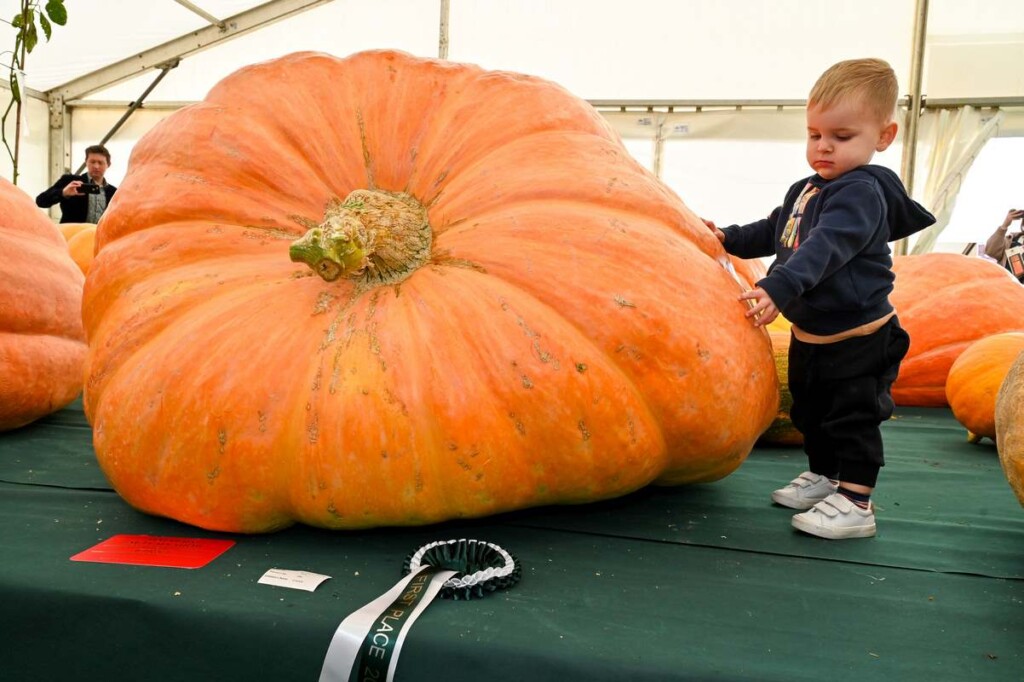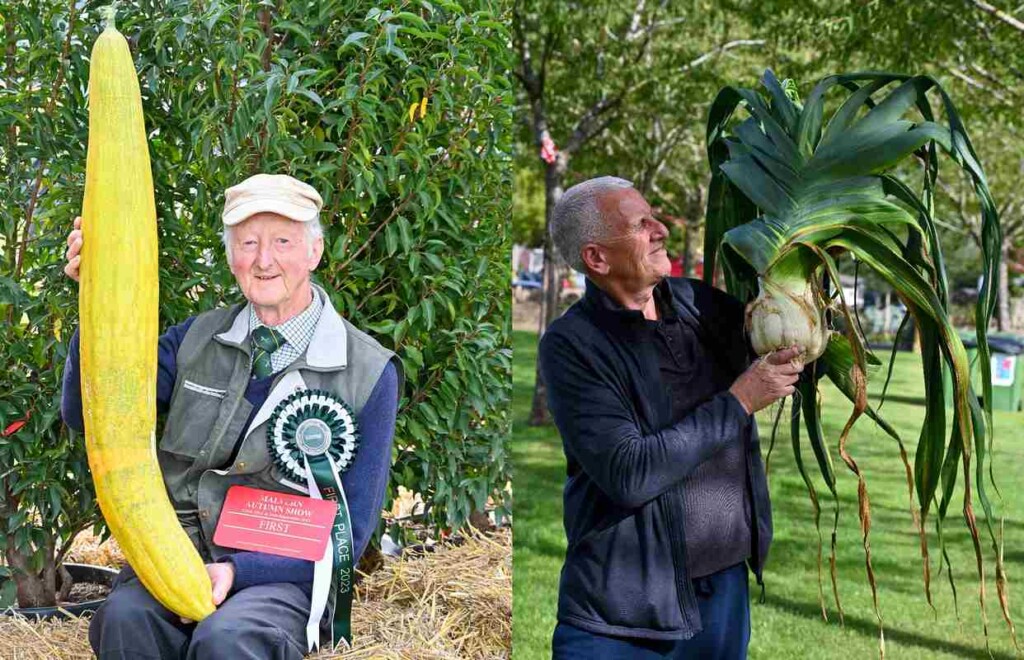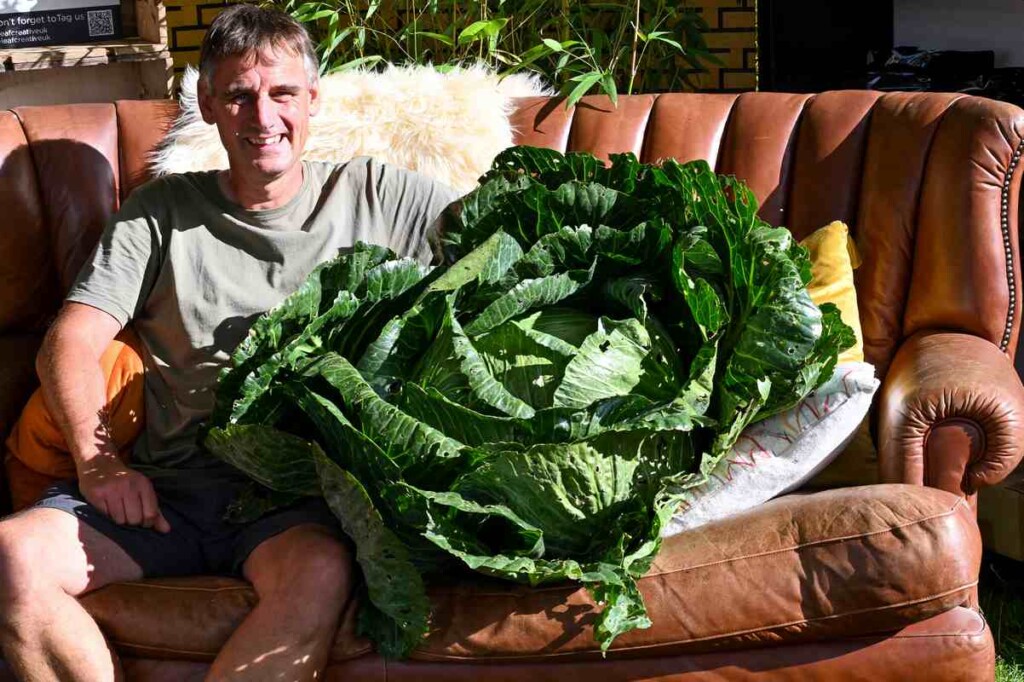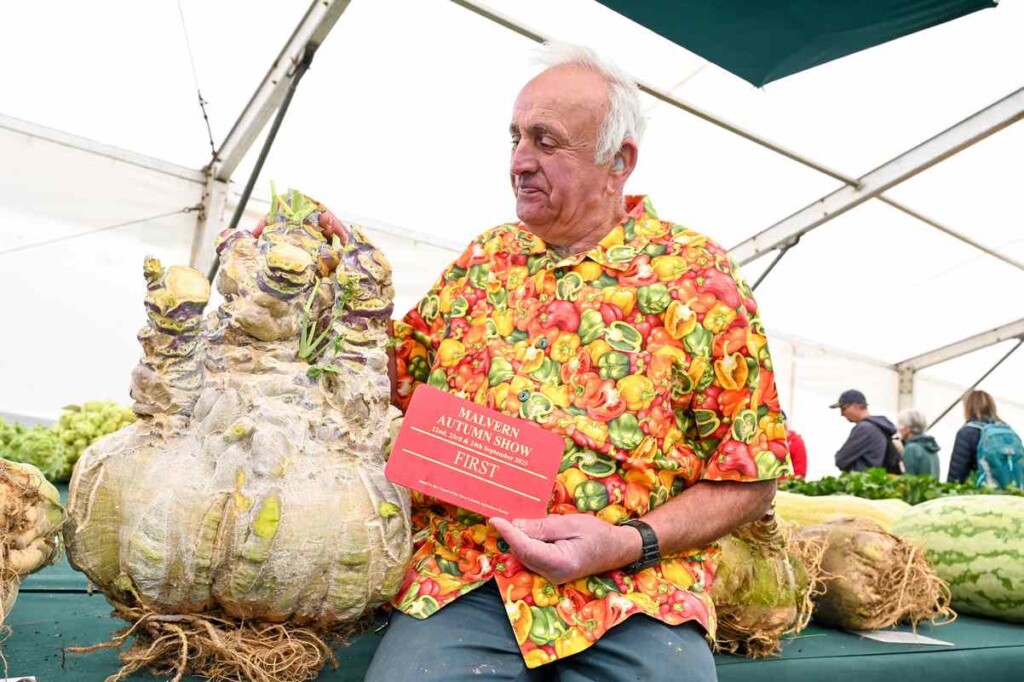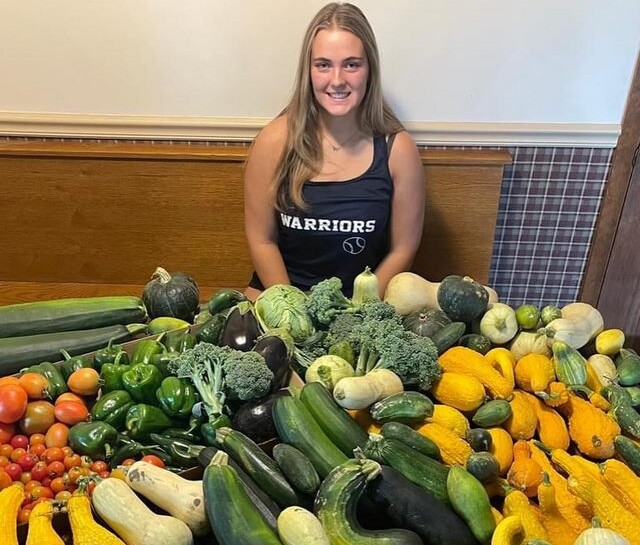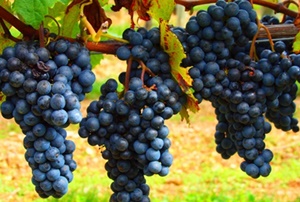New Delhi, (IANS): After witnessing a tremendous growth in fruit exports in the last five years, the government is now exploring new markets for fruit exports.
According to Minister of State for Commerce and Industry, Jitin Prasada, the free trade agreements (FTAs) with the UAE and Australia have helped increase exports of fruits to the UAE and Australia by 27 per cent and six per cent, respectively.
“The free trade agreement has helped increase exports to the UAE, where there has been a 27 per cent increase in fruits export and with Australia where there has been a 6 per cent increase in export of fruits,” the minister informed the Rajya Sabha.
India’s fruit exports have surged by 47.5 per cent over the last five years.
The minister said the government is focused on quality assurance and exploring new markets while developing cold chain infrastructure to boost these exports.
"Because, any product that goes from India is brand India and the name of India and no stone has been left unturned to ensure the quality of our products and fruits sent abroad," he said.
The Department of Commerce, through APEDA, collaborates with respective state governments for supporting the fresh fruits trade include development of post-harvest handling facilities and developing cold chain network in the form of integrated pack houses, reefer vehicles and in-house testing facilities to maintain quality and longevity of fruits and treatment facilities.
India currently exports fresh fruits to more than 85 countries. APEDA works in close collaboration with the National Plant Protection Organization (NPPO) of the Ministry of Agriculture and Farmer's Welfare for entering new markets like Australia, Europe, USA and emerging markets.
The government is also focusing on development of the sea protocols for perishable products particularly fresh fruits which will enable export of higher volumes particularly to long distance markets at more competitive prices enabling higher realisations to all stakeholders in the export supply chain including farmers.
India’s agricultural exports have broken new ground under the Prime Minister Narendra Modi government with shipments of the country’s fruits entering lucrative markets in the west for the first time and exports of rice posting a record growth, enabling farmers to earn higher incomes.
India pomegranates have proved successful among Western customers after the country took a big step toward expanding its presence in the American market by exporting its first-ever trial shipment of fresh pomegranates via air to the US in 2023.
Bhagwa pomegranate from Maharashtra has substantial export potential and almost 50 per cent of the fruit's export from the country is from the state's Solapur district.The government’s GI tagging of fruits has helped augment the market for India’s special fruits. Centre exploring new markets to boost fruit exports after robust growth | MorungExpress | morungexpress.com


 Alissimon with the 11-pound mushroom – credit Alissimon Minnitt, released
Alissimon with the 11-pound mushroom – credit Alissimon Minnitt, released Giant puffball pizza – credit Alissimon Minnitt, released
Giant puffball pizza – credit Alissimon Minnitt, released
